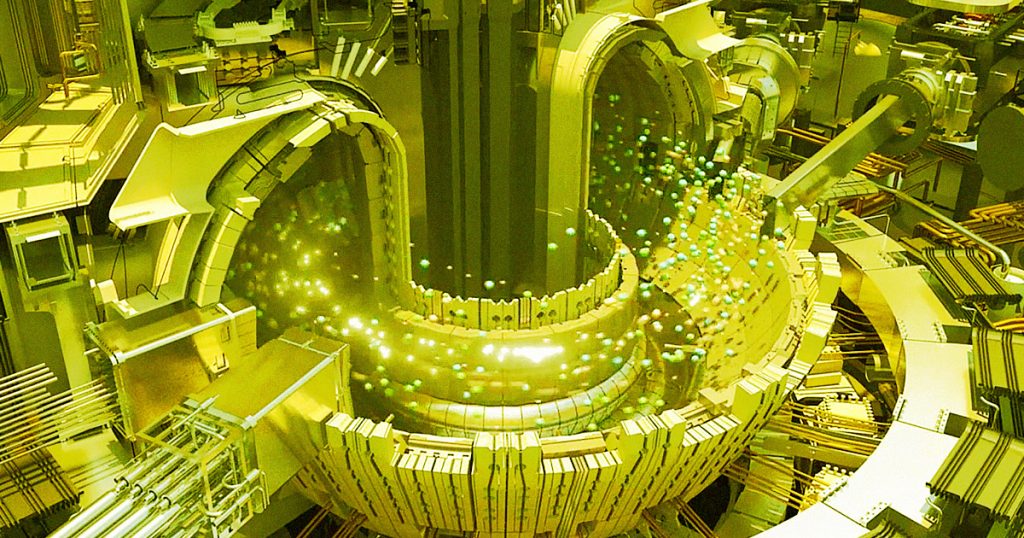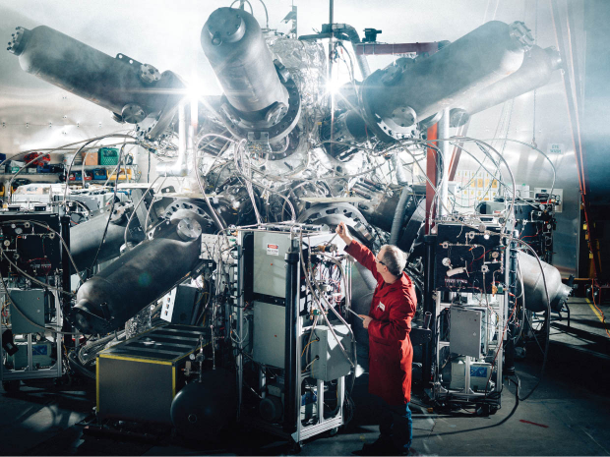Limitless power has been a myth for a very long time, and scientists around the globe have strived hard to achieve it. Well, a team of MIT scientists might just have achieved what many others couldn’t; reportedly, they have cleared the biggest hurdle between us and practical nuclear fusion power.
A new superconductor magnet that the team has conceived is now able to generate a magnetic field of 20-tesla. This is the highest ever generated on earth and could well be a breakthrough in humanity’s pursuit of practical nuclear fusion power or, in a layman’s term, limitless power.
“Fusion in a lot of ways is the ultimate clean energy source,” MIT geophysicist Maria Zuber said in the release. “The amount of power that is available is really game-changing.”

Powerful electromagnets are key components of any good fusion reactor. In order to maintain safe and practical fusion reactions, the energy generation process depends on ultra-hot plasma, which must be confined and held in check using powerful magnetic fields.
“The challenges of making fusion happen are both technical and scientific,” MIT Plasma Science and Fusion Center director Dennis Whyte, who’s helping develop MIT’s experimental SPARC fusion reactor, said in the release.

In this scenario, a new ribbon-like material enabled the MIT researchers to create a 20-tesla magnetic field with a facility that was one-fortieth the size of what would have been required for more traditional magnets. That is a tremendous boost to the creation of a smaller fusion reactor with greater temperatures. However, the ITER team employed an opposing strategy in France, building a massive facility that runs at lower temperatures.

“It’s really a watershed moment, I believe, in fusion science and technology,” Whyte said.


